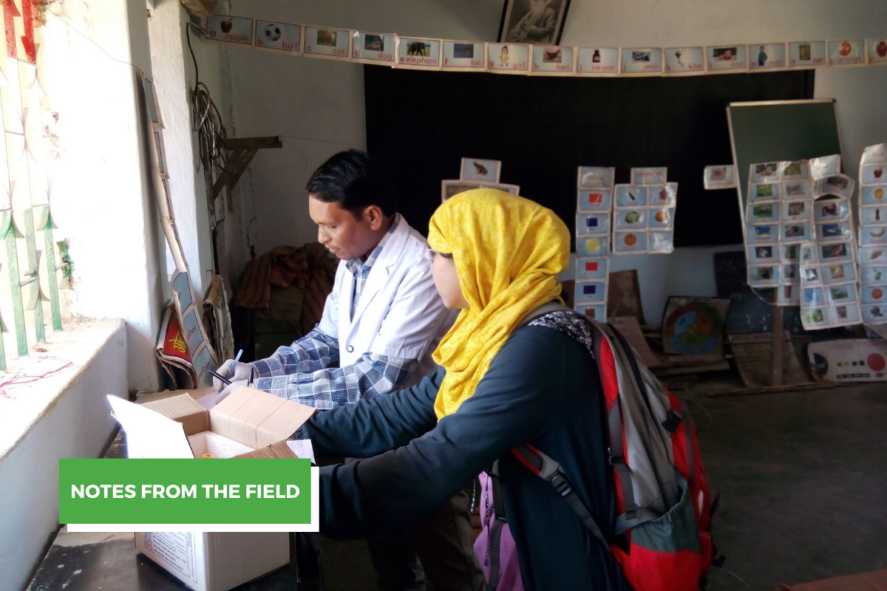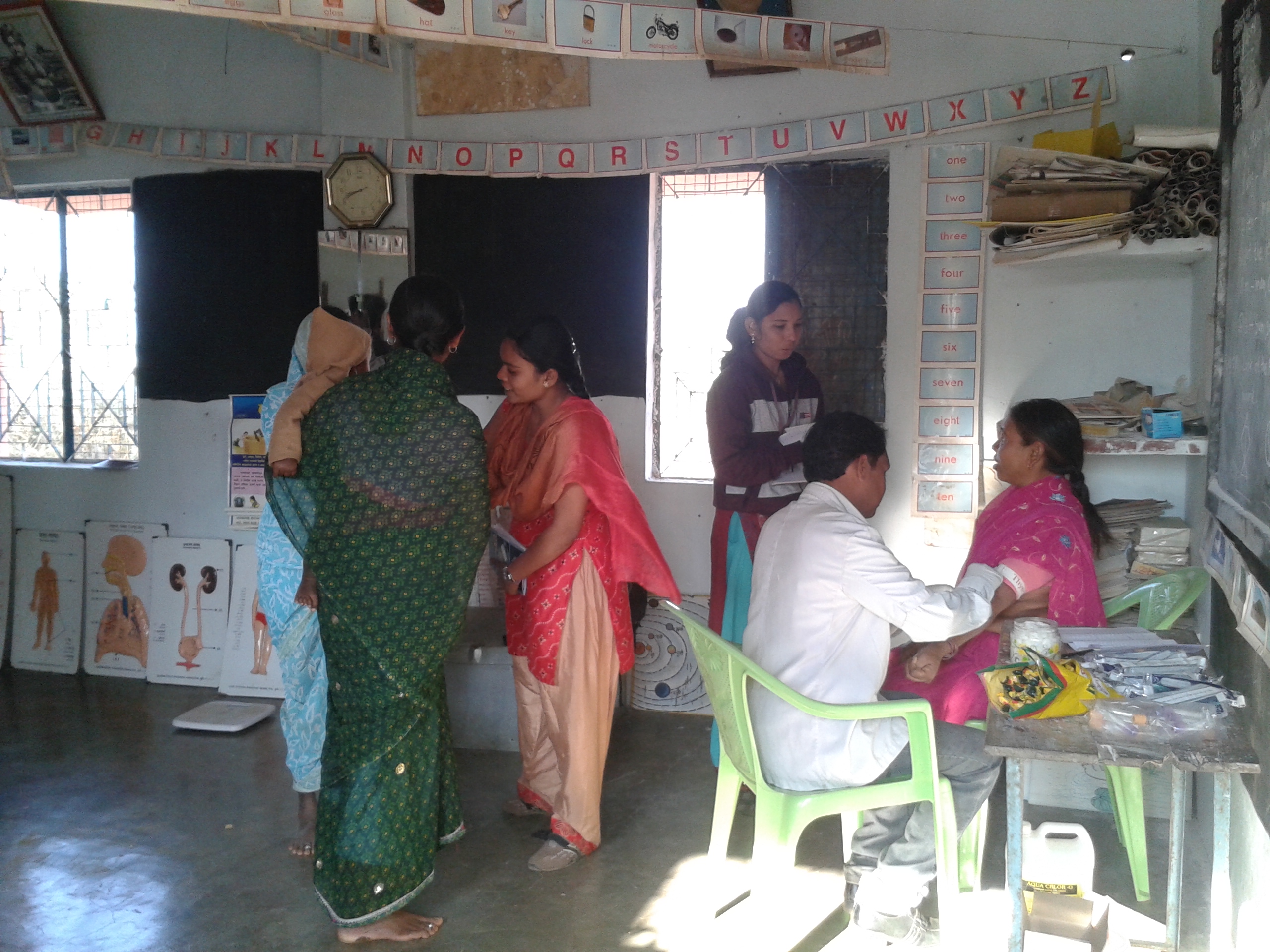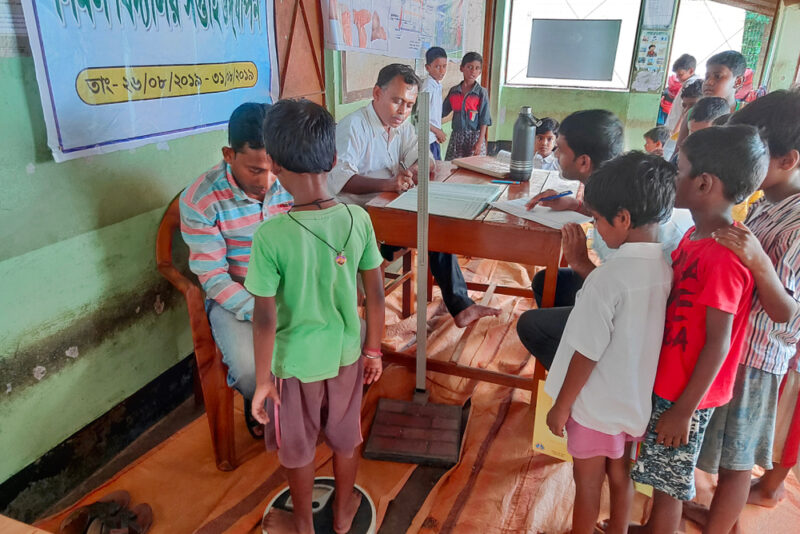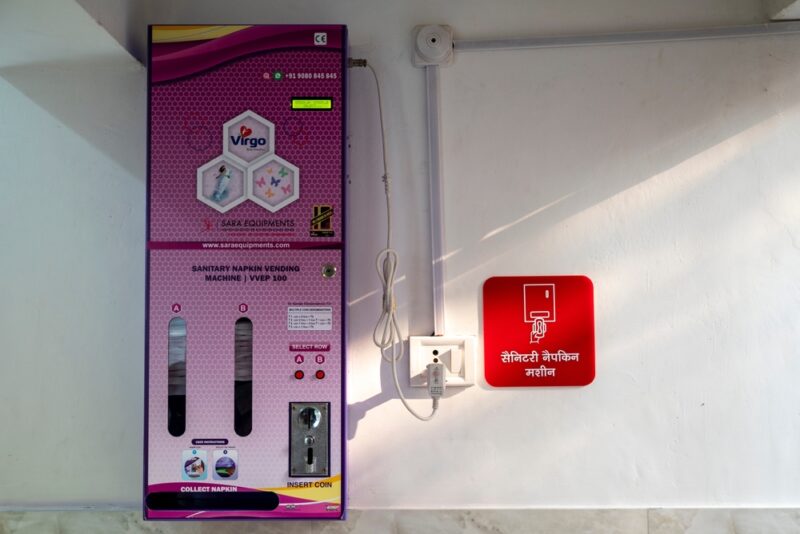Notes From the Field: Giving Back to the People You Study

For my doctoral dissertation, I ventured into the field to explore the role that women’s empowerment in agriculture can play in determining their iron status. In addition to collection of survey data on agriculture, empowerment, and other socioeconomic variables, blood draws for iron biomarkers formed a major component of my fieldwork. Seeking and processing blood samples pushed my boundaries as a researcher, but the payoff was well worth it.
Anemia, defined as a less-than-normal level of red blood cells in the body, is often assumed to be associated with a deficient intake of iron. The most common method to establish anemia relies on measurement of blood hemoglobin. However, this by itself cannot indicate the specific cause of anemia, which can range from nutritional deficiencies (like iron, vitamin B12, etc.) to non-nutritional factors like infections, inflammation, and genetic conditions.
For my fieldwork, we proposed to collect blood samples for four biomarkers in addition to hemoglobin. Two of these were iron-specific (serum ferritin and serum transferrin receptors) and two were related to inflammation and infections (Alpha-1 glycoprotein and C-reactive protein). Such a range of markers would allow us to not only identify the prevalence of anemia in women, but be further able to distinguish iron deficiency anemia in particular.
As a researcher from an applied economics department, I felt out of my depth having to set up the logistics for blood draws in the field. At the same time, I was anxious about talking to the survey communities about taking blood samples. While they would be willing to set time aside for a regular field survey, any blood collection activities were likely to be met with a lot more scrutiny. With this in mind, a critical component of our activities, even before the survey began, was to do extensive community outreach.
Unlike standard surveys that include health-related components like anthropometry that are relatively noninvasive, blood samples are a whole different ball game. The communities wanted to know why we were doing the tests, why they should give consent, and whether or not they would have to bear the cost of the tests.
Some were reluctant to give their consent, saying they were worried that the tests might indicate a problem, while some were confident that there was nothing wrong with them at all. At the same time, there were other community members who wanted to opt in for the testing even though they weren’t part of the survey sample, such as some pregnant women.
To address their concerns, my survey team and I discussed the prevalence of anemia in India, the benefits of looking beyond hemoglobin, and the in-depth review board processes we went through in both the US and India before moving forward with our survey. We consciously spoke not just to the women but also their spouses, in-laws, and key leaders in each village.

A woman has her blood drawn as part of Soumya Gupta’s doctoral research project. (Photo provided)
We were met with a fair bit of skepticism, but with patience and perseverance we were able to obtain consent from 948 of the 960 women who participated in our survey. This translated to a refusal rate of 1.25%, which is impressive by any standard.
Once the blood samples had been analyzed, we made our way back to each household and handed over the report for each woman who participated in the iron study. It seemed only natural that this be the next step, since knowledge about the women’s iron status was important not just for our research but held far greater value for the very women with whom we were working. Having information about their iron levels could have a direct bearing on their productivity and well-being, as well as an intergenerational effect by potentially influencing the nutritional status of their children or future children.
The fact that our team returned with detailed blood reports was something that the community had not expected, since their previous experience with such research projects had left them without anything in return.
The women and their families were interested in learning not only about their overall iron status, but also the interpretation of their test results for the different biomarkers. We were able to have meaningful conversations around the next steps they needed to take, if any.
We could tell that the respondents and their families were grateful to have this detailed information. Since the completion of our field survey in 2013-14, two other TCI researchers have visited with the same set of households and we are still remembered as the team that “gave us those blood reports.” That was very heartwarming to hear.
My dissertation research experience highlighted the importance of field research and also made me appreciate the effort and intent it takes to design, implement, and monitor a field survey from scratch. Unlike the remainder of my field survey activities, the anemia component was the only one where we returned to the communities with concrete information about the women’s iron status. In most cases, a researcher collects their data and very little information makes its way back to the communities themselves, at least in the short term. In my case, it was very fulfilling to have this meaningful experience of circularity and giving back.
Dr. Soumya Gupta is a research economist at the Tata-Cornell Institute.
Featured image: Soumya Gupta and an unnamed staffer prepare to conduct blood draws. (Photo provided).





